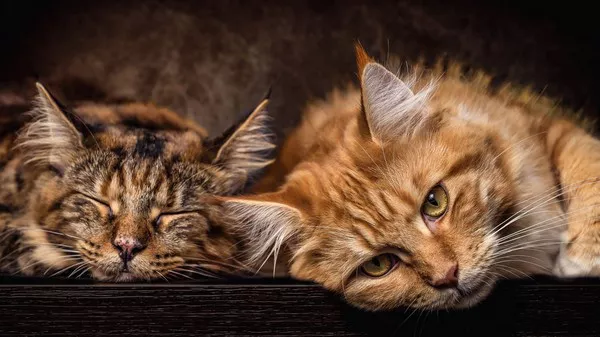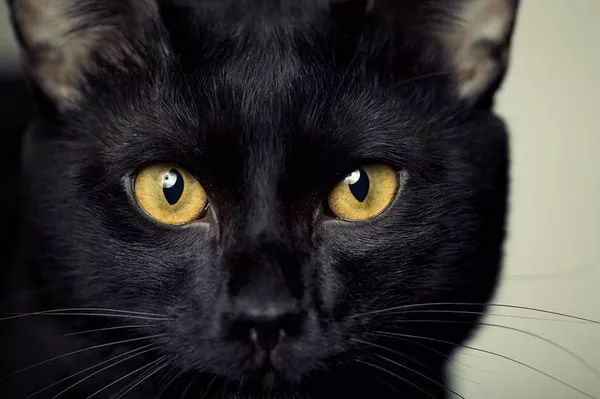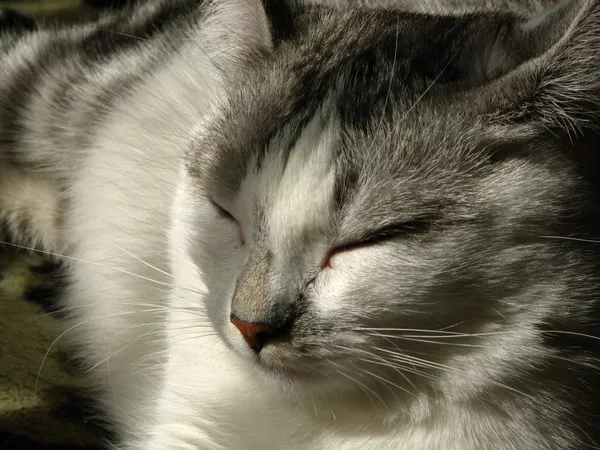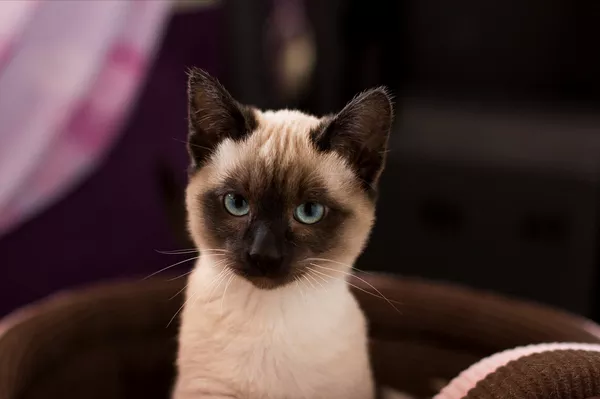Cats and dogs, despite being beloved pets, have distinct dietary requirements tailored to their individual physiological needs. While both species share certain nutritional components, their diets differ significantly. If a cat consumes dog food, it can lead to various health implications, underscoring the importance of providing each pet with the appropriate nutrition. In this comprehensive guide, we delve into the reasons behind the divergence in cat and dog diets, the potential risks associated with cats eating dog food, and the steps pet owners can take to ensure their furry friends receive optimal nutrition.
Understanding the Nutritional Needs of Cats and Dogs
Cats and dogs are classified as obligate carnivores and facultative carnivores, respectively, based on their evolutionary dietary adaptations. These distinctions result in diverse nutritional requirements driven by their distinct digestive anatomies, metabolic processes, and evolutionary histories.
Obligate Carnivores (Cats): Cats are obligate carnivores, which means their diet primarily consists of meat. They have specific nutritional needs that are met through the consumption of animal-based proteins, essential amino acids, vitamins, and minerals. Taurine, for example, is a crucial amino acid for cats and is found abundantly in animal tissues.
Facultative Carnivores (Dogs): Dogs, on the other hand, are facultative carnivores, displaying a more omnivorous dietary flexibility. While they have carnivorous traits, dogs can also derive nutritional benefits from plant-based sources. Their diets incorporate a balance of proteins, fats, carbohydrates, vitamins, and minerals.
Composition Differences Between Cat and Dog Food
The nutritional differences between cat and dog food stem from their unique dietary requirements. These distinctions are crucial for maintaining their overall health and preventing potential deficiencies. Here are some key differences in the nutritional composition of cat and dog food:
Protein Content: Cat food generally contains higher levels of animal-based proteins to meet the essential amino acid requirements for obligate carnivores. Dogs can thrive on a mix of plant and animal proteins.
Taurine Levels: Taurine, an amino acid critical for feline health, is often supplemented in cat food. Dog food may not contain sufficient taurine levels to meet a cat’s specific needs.
Vitamin A: Cats require preformed vitamin A (retinol) found in animal tissues, while dogs can convert provitamin A (beta-carotene) from plant sources into the active form. Cat food ensures an adequate supply of preformed vitamin A.
Arachidonic Acid: Cats need arachidonic acid, an essential fatty acid found in animal tissues, while dogs can synthesize it to some extent. Cat food includes this vital component.
Protein-to-Fat Ratio: The ideal protein-to-fat ratio differs between the two species. Cats benefit from a higher protein-to-fat ratio, reflecting their carnivorous nature.
SEE ALSO: Can Cats Eat Dog Food? Guidelines for Multi-Pet Homes!
Risks of Cats Eating Dog Food
When a cat consumes dog food, it can lead to various health risks due to the nutritional disparities between the two types of diets. Understanding these risks is crucial for pet owners to take preventive measures and ensure the well-being of their feline companions:
Taurine Deficiency: Dog food may lack the sufficient levels of taurine required by cats. Taurine deficiency in cats can lead to serious health issues, including heart and vision problems.
Protein Imbalance: Cats need higher protein levels, and dog food might not provide the ideal protein-to-fat ratio essential for feline health. Inadequate protein intake can result in muscle wasting and other health complications.
Vitamin and Mineral Imbalances: Variations in vitamin and mineral content between cat and dog food can lead to imbalances, affecting overall health and potentially causing deficiencies.
Arachidonic Acid Insufficiency: The absence of arachidonic acid in dog food may impact a cat’s skin, coat, and overall immune function. Arachidonic acid is crucial for maintaining a cat’s well-being.
Obesity Risk: Dog food might have different caloric densities and nutrient compositions, potentially contributing to overeating and obesity in cats if consumed regularly.
Digestive Upset: Cats may experience gastrointestinal issues, such as vomiting and diarrhea, when exposed to dog food due to differences in fat content and digestibility.
Preventing Cats from Eating Dog Food
To mitigate the risks associated with cats eating dog food, pet owners can implement several preventive measures:
Separate Feeding Spaces: Feed cats and dogs in separate areas to prevent accidental food swaps. This ensures each pet receives the nutrition tailored to their specific needs.
Supervise Mealtimes: If cats and dogs share living spaces, supervise their mealtimes to prevent access to each other’s food. Remove uneaten portions promptly.
Use Elevated Feeders: Cats often prefer elevated feeding stations. Elevating cat food can make it less accessible to dogs, reducing the chances of accidental consumption.
Choose Appropriate Food: Select high-quality, species-specific food for both cats and dogs. Opt for cat food that meets feline nutritional requirements and dog food formulated for canine needs.
Consult a Veterinarian: If there are concerns about nutritional adequacy or if a cat has consumed dog food, consult a veterinarian promptly. Veterinary guidance can help address potential health issues and ensure the cat’s nutritional needs are met.
Conclusion
Ensuring that cats receive appropriate nutrition is paramount for their overall health and well-being. While the allure of sharing food between cats and dogs is understandable, the nutritional differences necessitate separate and species-specific diets. By understanding the risks associated with cats eating dog food and implementing preventive measures, pet owners can safeguard their feline companions from potential health complications and promote a vibrant and healthy life for their cherished pets.



























